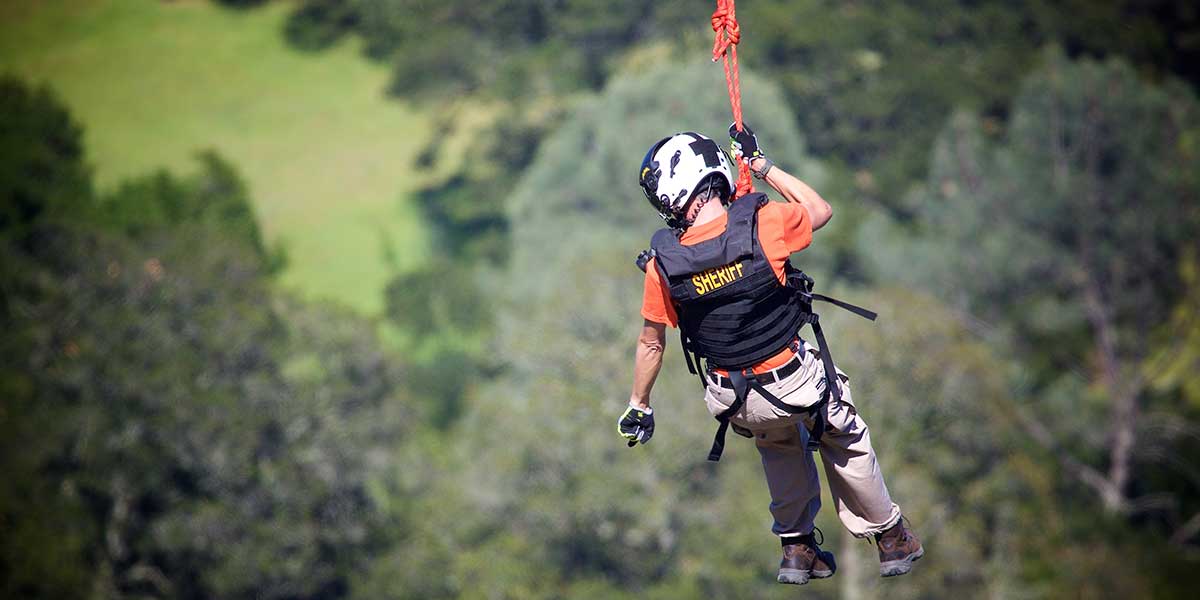AWS Public Sector Blog
Category: Disaster Response
Creating real-time flood alerts with the cloud
The Latin America and Caribbean region is the second most disaster-prone region in the world behind Asia and the Pacific Rim, with floods being the most common disaster in the region. There have been extraordinary levels of flooding around the world—but in Panama, flooding has become particularly challenging. The AWS Disaster Preparedness and Response Team and AWS Partner Grupo TX saw an opportunity to leverage the cloud to better understand and prepare for flooding and ultimately save lives.
Hurricane season 2023: Supporting hurricane response efforts with the cloud
While the 2023 hurricane season kicks off June 1, the reality is that AWS is working to help organizations and communities respond to hurricanes long before a storm forms. Throughout the year, AWS Disaster Response develops and tests new innovations that utilize cloud technology to enable more efficient disaster response capabilities for our customers and relief organizations.
How AWS is supporting nonprofits, governments, and communities impacted by Hurricane Ian
On September 28, 2022, Hurricane Ian made landfall in Southwest Florida. At the request of standby organizations Help.NGO and Information Technology Disaster Resource Center (ITDRC), the AWS Disaster Preparedness and Response team assisted with response operations across a variety of functions in the aftermath of Hurricane Ian.
Understanding wildfire risk in a changing climate with open data and AWS
The First Street Foundation, a nonprofit research and technology group, is committed to making climate risk information accessible, simple to understand, and actionable for individuals, governments, and industry. As part of the Amazon Sustainability Data Initiative (ASDI), AWS invited Dr. Ed Kearns, the chief data officer of First Street Foundation, to share how AWS technologies and open data are supporting their mission to provide accurate and up-to-date information on climate related risks.
Protect critical services with new Continuity of Government IT on AWS solution guide
Today, AWS announced Continuity of Government IT on AWS (CGIT), a comprehensive cloud-based solution guide that enables governments to protect their digital assets and services during disruptions of any kind. Governments can use CGIT to retain the integrity of critical datasets, back up applications, and transfer services to run in the cloud, reducing the risk of compromise and enabling continuity of government.
How Livingston Parish prepares for natural disasters by improving resiliency in the cloud
Natural disasters are devastating, often resulting in loss of life, massive property damage, and damage to the critical infrastructure that powers emergency services. This can prompt public sector organizations to consider building more resilient infrastructure. Such was the case for the 911 system in Livingston Parish, Louisiana, an agency that dispatches for 21 public safety agencies including law enforcement, fire, and emergency medical services, and averages over 325 calls for service per day. After a major flood in 2016 knocked out their 911 system, they worked with AWS Partner TailorBuilt Solutions, LLC. to use AWS to become resilient against disaster, reducing service interruptions and improving response times.
Building resilience: Using technology to prepare for, respond to, and recover from the unexpected
Every day, people around the world are impacted by the unexpected – from pandemics, to natural and human-wrought disasters, to economic crises. Technologies like the cloud can empower communities to prepare for and respond to the unexpected so that when a crisis hits, they can continue to advance. AWS works with customers and partners to build software solutions that improve government and nonprofits’ prediction, preparedness, response, and recovery capabilities—solutions that are being leveraged across Latin America and the Caribbean.
Create a common operating picture for search and rescue at the edge with AWS
In a recent disaster response field testing exercise (FTX), the AWS Global Social Impact Solutions (GSI) team developed a prototype cloud architecture and tested it in a search and rescue (SAR) scenario simulating a missing responder crisis. This blog post walks through the SAR simulation and result, and provides an overview of the AWS services and technical architecture components the GSI team used to provide a hybrid edge/cloud COP solution that helped locate the missing team member in the simulated scenario within 20 minutes.
Amateur radio meets edge computing to keep disaster response teams connected
In the immediate aftermath of a natural disaster, cell towers, power lines, and telephone and internet cable are often damaged or destroyed, limiting the ability for responders to share data and access the internet. The AWS Disaster Response team conducted a field testing operation designed to replicate a common disaster response scenario, to show how to establish an ad-hoc network at field sites with limited connectivity and create a link to an office headquarters to provide access to cloud-based resources and data to responders in the field.
Open data helps recovery in the aftermath of devastating weather events
Severe and extreme weather events not only wreak havoc on lives, property and the economy, but the extent of the destruction and devastation left behind can be difficult to map and quantify. Having high resolution imagery of areas devastated by weather events (hurricanes, tornadoes, floods, and etc.) helps to characterize impacts, formulate needed recovery and response activities, support emergency managers in saving lives, and restart the flow of commerce. NOAA’s data plays a critical role in this process. As part of ASDI, we invited Jena Kent from NOAA’s Big Data Program to share how AWS is helping with disaster response by providing access to aerial data and imagery through open data initiatives.









